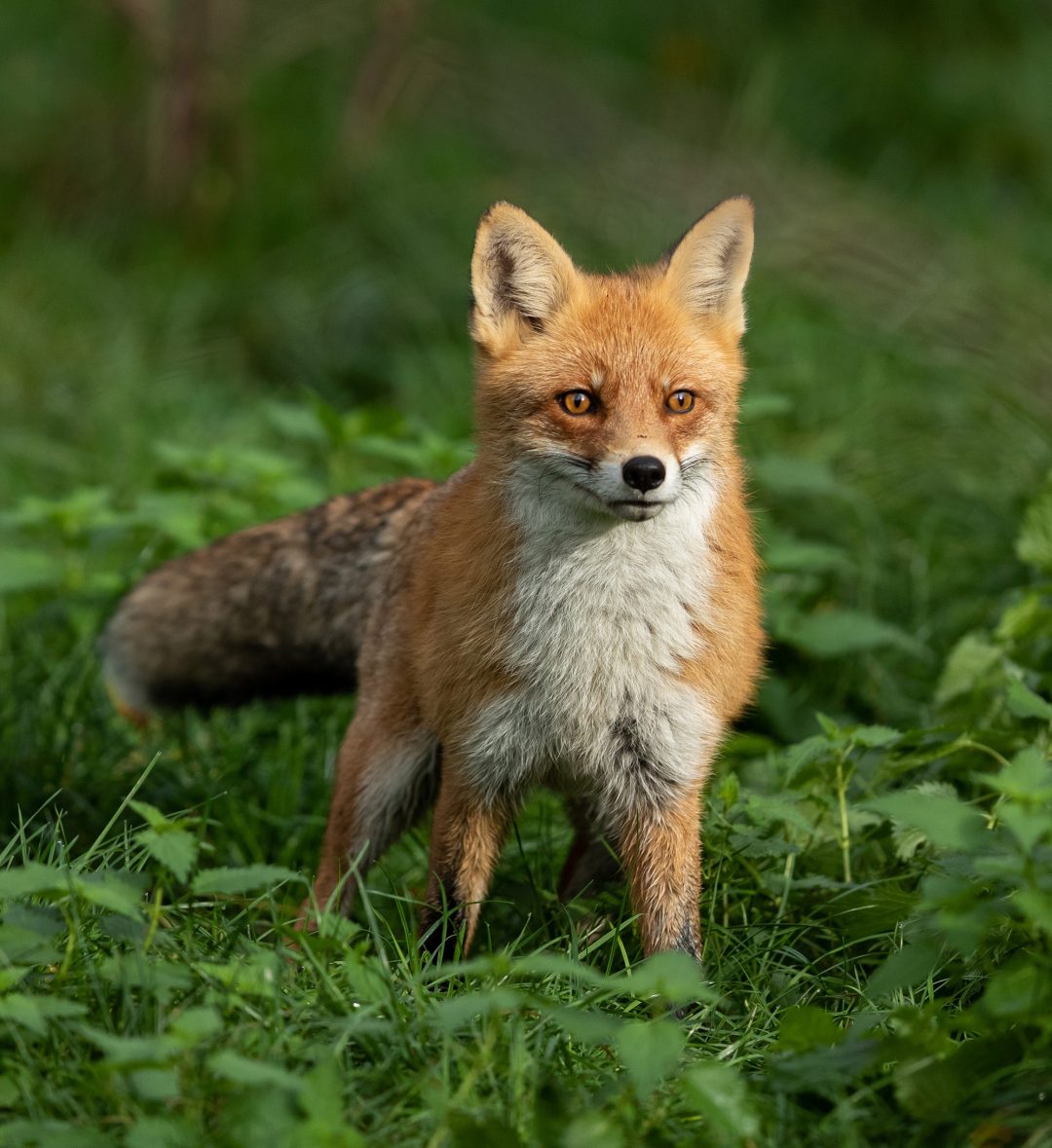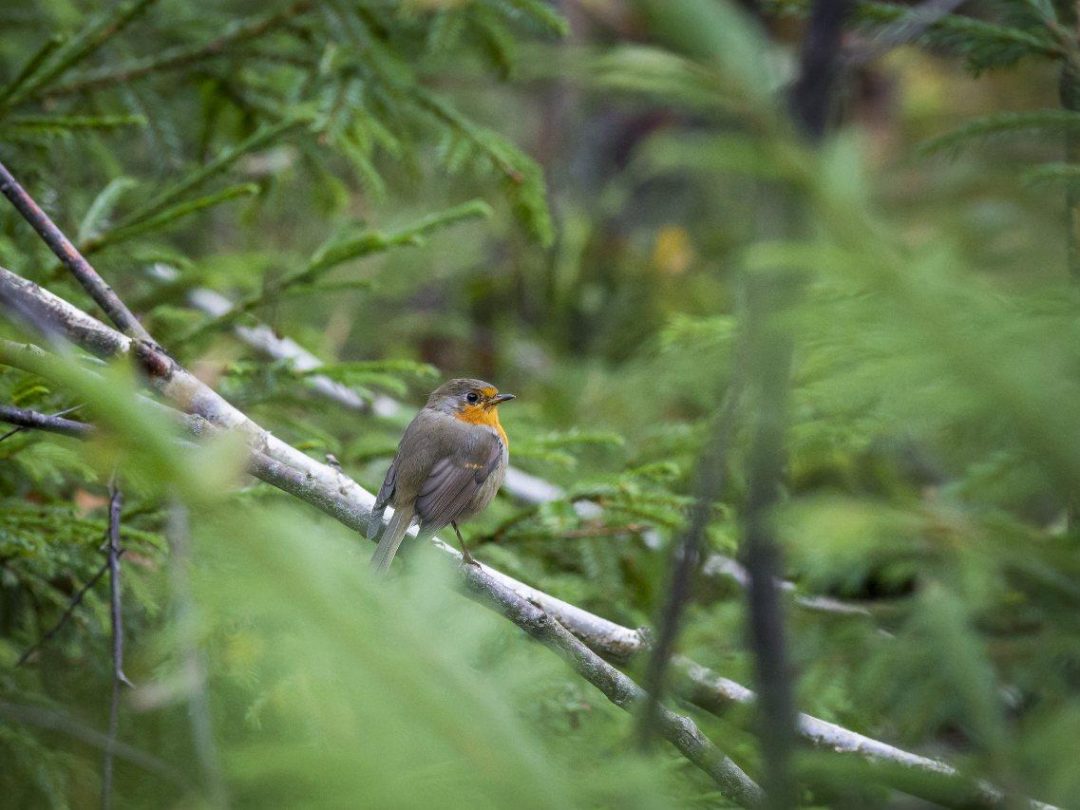Exploring the gardens it’s not unusual to catch a glimpse of a roe deer bound away at your approach. You may also hear the rustle of leaves as common lizards busily go about their daily business of bug hunting.
Hestercombe provides a fantastic place to live for a wide and varied assortment of our native animals. We are also famed for our bats, of which we have many species. Our lesser horseshoe bats visit Hestercombe every summer as their maternity roost, in order to have their young. The roosts here are so important that they have European protected status, and Hestercombe is also a Site of Special Scientific Interest (SSI) and a Special Area for Conservation (SAC).
We encourage the bats by planting a mixture of native shrubs and broadleaf tree species to create a shrub layer below the tree canopy that increases the amount of cover available to the bats. By leaving deadwood on the ground we provide a habitat that will also support a high diversity of woodland insects and increase foraging opportunities.
A new roost has been created to provide further nesting space for our resident lesser horseshoe, pipistrelle and brown long- eared bats. Be sure to come and see our lesser horseshoe bats in their maternity roost during the summer on our bat camera and watch the young bats take their first flight! Along with our bats many species have been recorded on site and we have listed just a few – so look out for these.
Pick up a free wildlife spotting sheet on your next visit!






